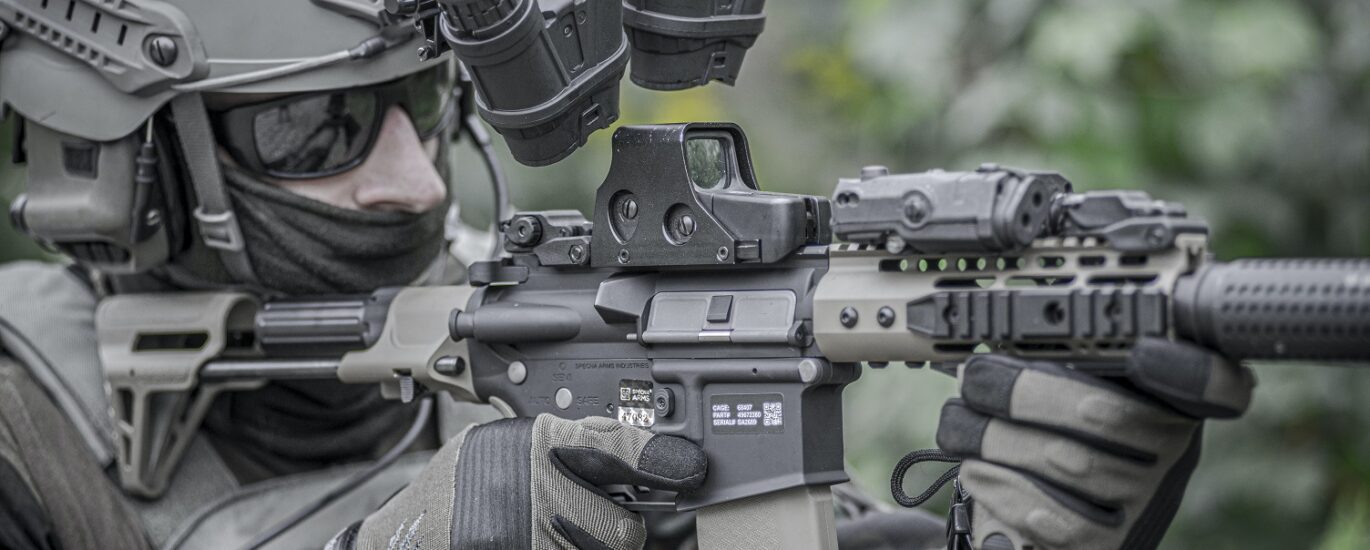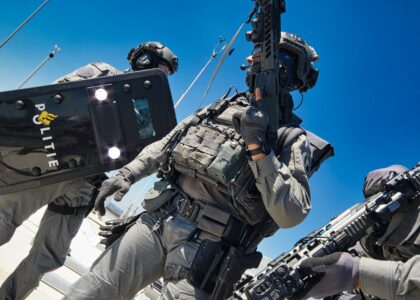Plate carrier vests, typically made of fabric, are worn over the top of armor to protect the wearer’s torso. Front and back pockets for armor plates are standard on most vests, and the interior is often made of aramid. Those armor plates are there to keep you safe.
To begin, the plate carriers do not offer any sort of shielding against projectiles. Having police officers depend exclusively on their carriers to keep them safe from gunfire is dangerous. The presence of ballistic plates on a plate carrier vest indicates the level of protection it provides. The level of safety is established by the ballistic plates used. When it comes to plate carriers, you may choose from a variety of defense options. It is possible to transport multiple ballistic plate protection levels on a single carriage. However, keep in mind that different types of ballistic plates require different plate carriers. The correct ballistic plates require a good carrier rig.
The term “hard body armor” is commonly used to describe a ballistic plate. Most of them will be at the third or fourth level. It is possible to use either polyethylene (PE) or ceramic materials to create the armor plates. Polyethene (PE) plates are optimal since they are strong and lightweight. Despite being just as protective, steel and ceramic are cumbersome.
Ballistic plates are necessary for classifying carrier plates as to their level of protection. Due to the many characteristics and purposes of a carrier plate, it is risky to enter a gunfight without one. When the plate carrier vest is vacant, it’s like carrying about a t-shirt made of nothing but air. The sight of a police officer in a red or blue t-shirt during a sun fight is hard to fathom. To put it plainly, getting into a gunfight without ballistic plates is an exercise in futility.
For more articles, please click here.






Recent Comments